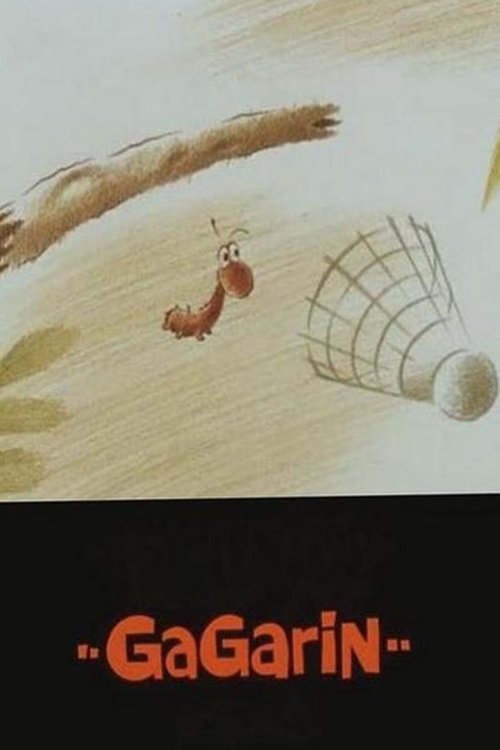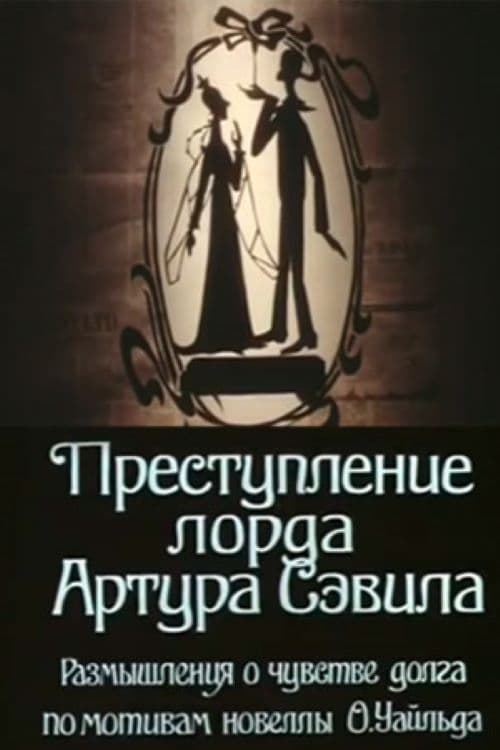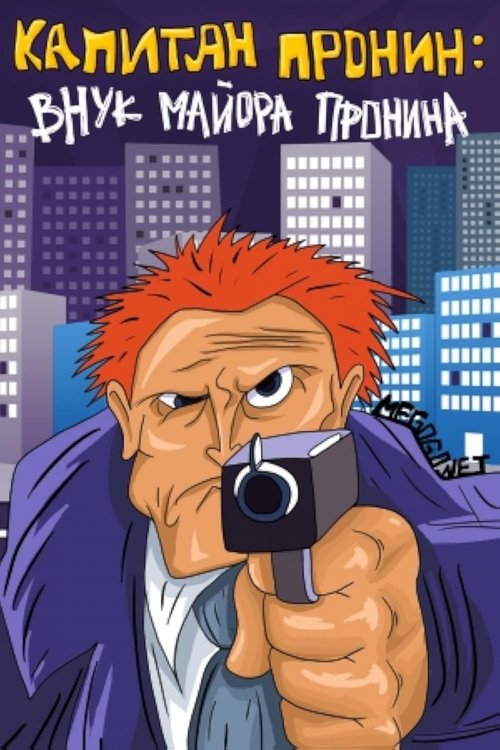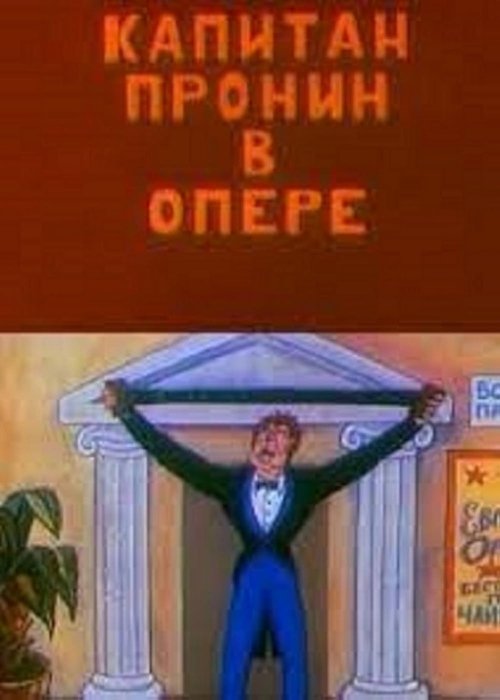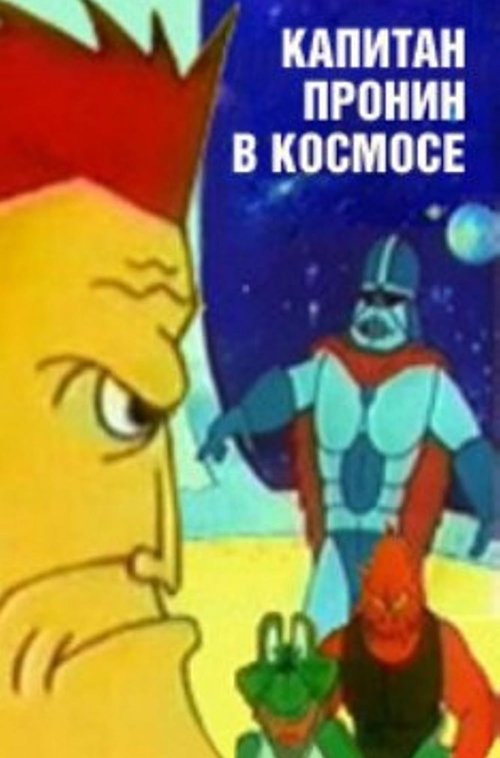
Ask Your Own Question
What is the plot?
More Movies Like This
Browse All Movies →What is the ending?
In the ending of "Looking to Purchase a Ghost," the main character, a man named Jack, comes to terms with the reality of his situation and the ghost he has been trying to purchase. He realizes that the ghost, who has been haunting him, is tied to his own unresolved issues and emotions. Ultimately, Jack decides to let go of the ghost, symbolizing his acceptance of the past and his readiness to move forward in life.
As the film draws to a close, Jack stands in the empty house, reflecting on his journey. The ghost, once a source of fear and confusion, begins to fade away, representing Jack's release from his burdens. The final scene shows Jack stepping out into the sunlight, a metaphor for new beginnings and hope.
Now, let's delve into the ending in a more detailed, chronological narrative.
The climax of "Looking to Purchase a Ghost" unfolds in the dimly lit living room of Jack's old house, where he has been grappling with the presence of the ghost. The atmosphere is thick with tension as Jack confronts the ghost, who has been a constant reminder of his past mistakes and regrets. The ghost, a spectral figure with a sorrowful expression, embodies Jack's unresolved feelings about his life choices.
As Jack stands before the ghost, he feels a mix of fear and empathy. The ghost's haunting presence has been a source of turmoil for Jack, but in this moment, he begins to understand that the ghost is not merely a supernatural entity; it represents his own inner turmoil. Jack's heart races as he recalls the moments that led him to this point--his failures, his lost opportunities, and the relationships he has neglected.
In a pivotal moment, Jack speaks to the ghost, expressing his sorrow and regret. He acknowledges the pain that both he and the ghost have endured. The ghost, in turn, seems to soften, its once menacing demeanor shifting to one of understanding. This exchange is charged with emotion, as Jack realizes that he has been holding onto the past, allowing it to dictate his present.
As the confrontation reaches its peak, Jack makes a conscious decision to let go. He takes a deep breath, feeling a weight lift from his shoulders. The ghost begins to shimmer and fade, its form becoming less distinct. Jack watches, a mixture of sadness and relief washing over him. He understands that by releasing the ghost, he is also freeing himself from the shackles of his past.
The scene transitions to Jack standing alone in the now-empty house, the sunlight streaming through the windows. The room, once filled with shadows and echoes of the past, feels lighter and more open. Jack's expression shifts from one of sorrow to hope as he steps outside, the warmth of the sun enveloping him. This moment signifies a new beginning, a chance for Jack to embrace life without the burden of his past.
As the credits roll, we see Jack moving forward, engaging with the world around him. He smiles at strangers, takes in the beauty of his surroundings, and seems more at peace. The ghost, now fully dissipated, serves as a poignant reminder of the journey Jack has undertaken--a journey of self-discovery, acceptance, and ultimately, liberation.
In the end, Jack's fate is one of renewal. He has faced his fears and emerged stronger, ready to embrace the future. The ghost, once a haunting presence, has transformed into a symbol of his growth, allowing him to move on with his life. The film concludes with a sense of closure, leaving the audience with the message that confronting one's past is essential for personal growth and healing.
Is there a post-credit scene?
"Looking to Purchase a Ghost," produced in 1992, does not feature a post-credit scene. The film concludes its narrative without any additional scenes or content after the credits roll. The story wraps up with the main characters resolving their conflicts and moving forward, leaving no further developments or surprises for the audience after the credits.
What motivates the main character, a real estate agent, to seek out a ghost?
The main character, a real estate agent named Jack, is motivated by a combination of desperation and ambition. He is struggling to sell properties in a declining market and believes that marketing a haunted house could attract buyers. His desire to succeed professionally drives him to seek out a ghost, hoping that the supernatural element will make the property more appealing.
How does the ghost's personality affect the interactions with the living characters?
The ghost, named Elvira, has a playful and mischievous personality that brings both humor and tension to the interactions with the living characters. Her antics often lead to comedic situations, but they also reveal her longing for connection and unresolved issues from her past, which complicates her relationship with Jack and other characters.
What specific challenges does Jack face while trying to sell the haunted property?
Jack faces several challenges while trying to sell the haunted property, including skepticism from potential buyers, the ghost's unpredictable behavior, and his own growing attachment to Elvira. He must navigate the fine line between promoting the ghostly aspects to attract interest and managing the fears and doubts of those who are superstitious or skeptical about the supernatural.
How does Elvira's backstory influence her actions throughout the film?
Elvira's backstory, which reveals her tragic past and the circumstances of her death, deeply influences her actions throughout the film. Her unresolved feelings and desire for closure drive her to interact with Jack and the living, as she seeks to understand her own existence and find peace. This emotional depth adds layers to her character and affects her relationship with Jack.
What role do the secondary characters play in the development of the plot?
The secondary characters, including Jack's colleagues and potential buyers, play crucial roles in the development of the plot by providing comic relief, skepticism, and contrasting perspectives on the supernatural. Their interactions with Jack and Elvira help to highlight the central themes of belief, ambition, and the quest for connection, while also propelling the narrative forward through their reactions to the ghostly happenings.
Is this family friendly?
"Looking to Purchase a Ghost," produced in 1992, is generally considered family-friendly, but it does contain some elements that may be unsettling for younger viewers or sensitive individuals.
-
Ghostly Appearances: The film features ghost characters that may appear frightening or unsettling, especially in darker scenes where their presence is revealed.
-
Themes of Loss and Grief: The narrative touches on themes of loss, which may evoke emotional responses. Characters deal with the aftermath of death, which could be heavy for some children.
-
Mild Frightening Moments: There are moments designed to create suspense or surprise, which might be startling for younger audiences.
-
Emotional Conflict: Characters experience emotional turmoil and conflict, which may be intense for sensitive viewers, particularly in scenes where they confront their fears or regrets.
Overall, while the film is suitable for family viewing, parents may want to consider these aspects when deciding if it's appropriate for their children.





